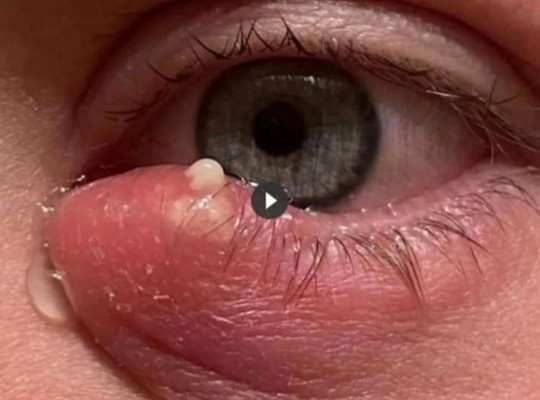Styes are a common eye condition causing a painful bump on the eyelid margin. Styes can be frustrating and uncomfortable, but understanding their causes and proper treatment can help alleviate the symptoms and prevent complications.
Are there multiple types of styes?
There are two main types of styes, hordeolum and chalazion. Hordeolum is the most common type of stye, which appears rapidly as a painful red bump. If you’re reading this article, you most likely have a hordeolum. These occur due to an acute bacterial infection of the glands in the eyelid margin, typically caused by Staphylococcus bacteria. Chalazion are less common, painless bumps that occur due to oil blockage.
What causes a stye (hordeolum)?
Several factors can contribute to the development of styes. People with conditions like rosacea, seborrheic dermatitis, or excessive use of heavy eye makeup may be more prone to styes. Additionally, bacterial colonization in makeup products, poor hygiene, or carrying Staphylococcus bacteria in the nose can increase the risk of recurrent styes.
How do you treat a stye?
The primary treatment for styes is warm compresses applied three times a day for about 15 minutes each session. Warm compresses help facilitate the drainage of the infected gland, ultimately aiding in resolution. If warm compresses do not lead to improvement, it may be necessary to consult a doctor for topical or oral antibiotics. It’s important to avoid squeezing or popping styes at home, as this can exacerbate the infection and lead to more severe complications. In rare cases, if a stye does not resolve, it needs to be drained by an ophthalmologist.
How do I prevent recurrent styes?
To prevent styes, practicing good hand hygiene is crucial. Regularly washing your hands, especially after touching your eyes, can help reduce the risk of bacterial transmission. Additionally, be mindful of the makeup products you use, as they can harbor bacteria. If you experience recurrent styes, consult a dermatologist or ophthalmologist for appropriate treatment and guidance. Some of our patients harbor bacteria in their nostrils that lead to recurrent staph infections – eliminating that bacteria may solve the problem!



